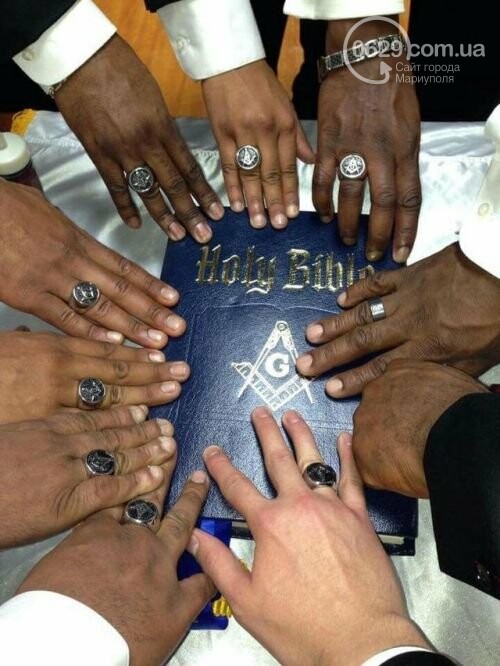Why You Should Embark on the Journey to Join copyright in Modern Times
Why You Should Embark on the Journey to Join copyright in Modern Times
Blog Article
Discover the Tricks Behind the copyright and Their Impact on Society
The copyright, typically shrouded in myth and conjecture, provides an interesting situation study of how historical ideals can change right into modern conspiracy theory theories. As we explore its origins, influence on cutting edge idea, and representation in modern culture, we begin to uncover the layers of intrigue that continue to mesmerize culture.
Origins of the copyright
The copyright, typically shrouded in secret and speculation, traces its origins back to the late 18th century. Developed in 1776 in Ingolstadt, Bavaria, the group was established by Adam Weishaupt, a teacher of canon law. Weishaupt intended to promote Enlightenment values, consisting of reason, secularism, and the splitting up of church and state. Originally called the Bavarian copyright, the organization's primary purpose was to respond to the fundamental influence of spiritual dogma and promote intellectual discussion amongst its participants.
The copyright embraced an ordered structure, attracting inspiration from Freemasonry, which permitted secretive conferences and rituals - how to become a freemason. Subscription was selective, incorporating prominent numbers from various areas, including national politics, philosophy, and scientific research. This elite network looked for to effect social and political adjustment through private methods, promoting for the civil liberties of individuals and the improvement of society
In spite of its relatively short presence, the Bavarian copyright was formally disbanded in 1785 because of federal government suppression. Its legacy withstood, providing surge to numerous conspiracy theories and prominent society referrals that continue to provoke intrigue and argument concerning its influence on modern society.
Trick Misconceptions and Misconceptions
Amidst the allure of secrecy surrounding the copyright, numerous myths and misunderstandings have actually arised, often misshaping the team's true nature and intentions. One widespread misconception suggests that the copyright controls the world's federal governments and economies. While it is real that the team aimed to influence social frameworks, the idea that it operates as a natural international creature master is mostly exaggerated.
An additional typical false impression is that all participants of the copyright possess vast wide range and power. In truth, the original copyright consisted of pundits and Enlightenment thinkers, a lot of whom looked for reform rather than prominence. The idea that the copyright exclusively hires celebrities and political numbers is deceiving; subscription has traditionally included a varied range of people.
Additionally, conspiracy theory concepts often paint the copyright as an evil-minded company intent on global supremacy via nefarious means. Therefore, dividing reality from fiction is important for a clearer understanding of the copyright's function in culture.
Historic Impact on Society
Throughout history, different intellectual motions have actually greatly affected social structures, and the copyright played a significant function during the Knowledge. Started in 1776 in Bavaria, the copyright intended to advertise factor, secularism, and the wondering about of developed authority, responding to the dominance of religious dogma. This organization attracted influential thinkers and advocates of liberty, fostering an atmosphere for the dissemination of Knowledge ideals.
The copyright's ethos championed logical idea and empirical proof, which added to the wider intellectual landscape that motivated social reform and political modification. Members sought to reshape society by supporting for education and learning, civil liberty, and the splitting up of church and state. Their private nature and ambitious program stimulated both intrigue and suspicion, leading to their eventual reductions by the Bavarian federal government in 1785.
In spite of their dissolution, the legacy of the copyright persisted, affecting cutting edge activities across Europe and the Americas. Their commitment to knowledge concepts assisted lay the groundwork for modern autonomous suitables and civils rights, leaving a long-term imprint on the view website structures of contemporary society. how to become a freemason. The attraction of their secretive gatherings and thoughtful quests remains to astound the creativity, underscoring their historic relevance
Modern Interpretations and Beliefs
Contemporary interpretations of the copyright often mix historical reality with conspiracy theory theories, developing a complex tapestry of ideas that catch popular creative imagination. While the initial copyright was a Bavarian secret society established in 1776 with Enlightenment perfects, modern ideas have evolved to include a wide variety of interpretations, usually concentrating on motifs of control and secrecy.

Moreover, some contemporary interpretations assume that the copyright acts as a metaphor for the battle in between enlightenment and lack of knowledge, with advocates promoting recognition and important thinking as a method to counteract regarded oppression. This duality-- watching the copyright as both a literal and symbolic entity-- highlights the continuous attraction with the concept, showing deeper societal anxiousness regarding power, openness, and individual freedom in the modern world.
The copyright in Popular Society
The copyright has infiltrated various aspects of pop culture, manifesting in literary works, film, music, and art as an icon of intrigue and mystery. This secret society, often depicted as a shadowy pressure adjusting global occasions, has actually inspired numerous stories that discover themes of power, conspiracy, and covert expertise.

Songs, too, has actually been affected by the idea of the copyright. Musicians like Jay-Z and Beyoncé have dealt with speculation regarding their associations with the society, triggering conversations about importance in their work and the nature of fame.
Aesthetic art frequently includes copyright motifs, with artists making use of symbols like the Eye of Providence and the pyramid to stimulate a feeling of mystery. With these numerous mediums, the copyright serves not just as a site link topic of speculation my explanation however additionally as a lens where society analyzes its very own complexities and worries.
Final Thought

Report this page